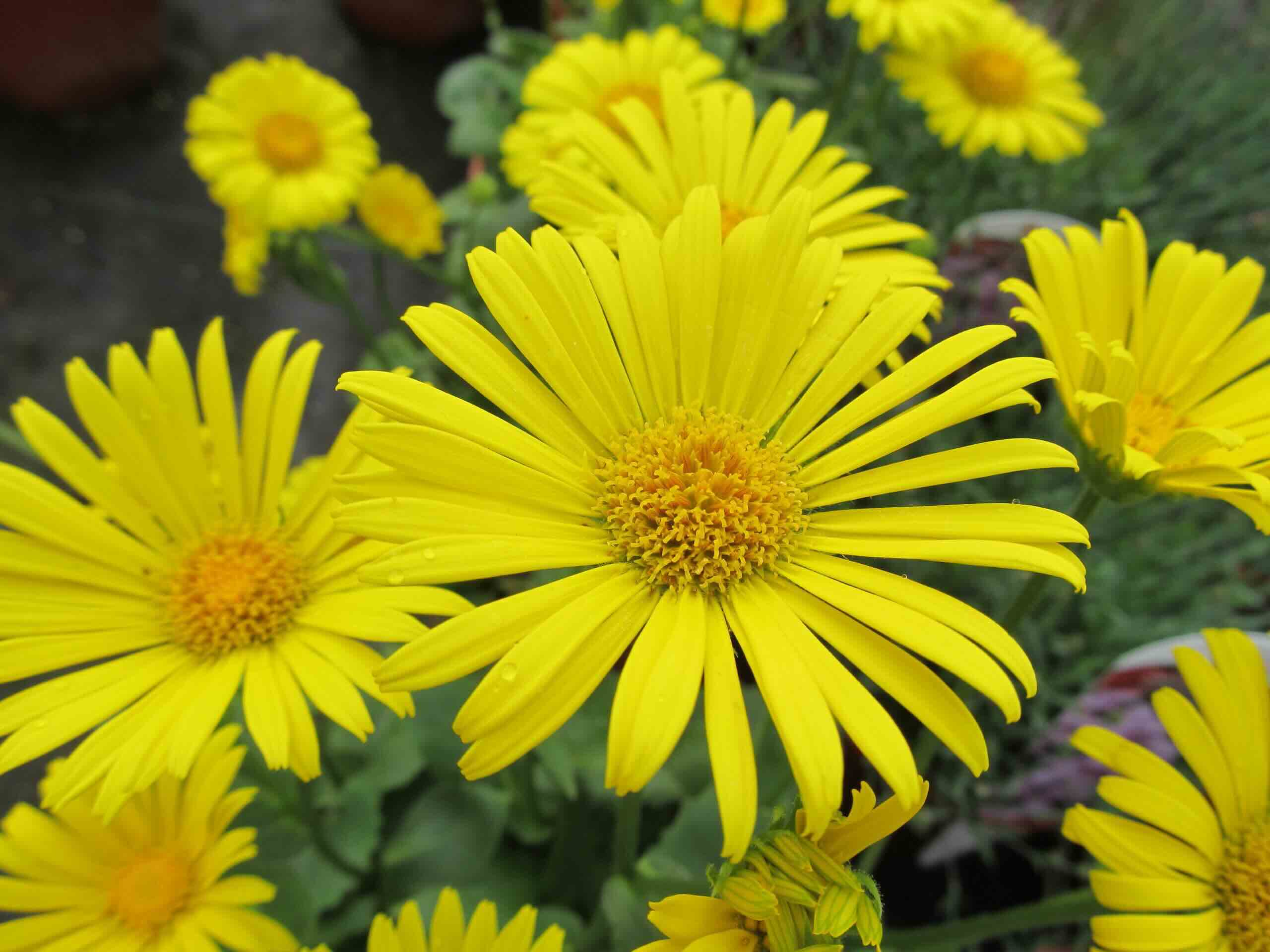
Leopard's bane, also known as Doronicum, is a fascinating plant that often catches the eye with its bright yellow flowers. But did you know there’s more to this plant than just its beauty? Leopard's bane belongs to the sunflower family and thrives in mountainous regions. It's not just a pretty face; this plant has a rich history in traditional medicine. However, it’s important to note that Leopard's bane can be toxic if ingested, making it a plant to admire from a distance. Want to learn more intriguing facts about this unique flora? Keep reading to uncover 27 surprising details about Leopard's bane!
What is Leopard's Bane?
Leopard's bane, scientifically known as Doronicum, is a flowering plant that belongs to the Asteraceae family. These bright yellow flowers are often found in gardens and meadows, adding a splash of color to the landscape. Let's dive into some fascinating facts about this intriguing plant.
-
Leopard's bane is native to Europe and Asia. This plant thrives in temperate regions, particularly in mountainous areas.
-
The name "Leopard's bane" comes from ancient folklore. People once believed the plant could ward off leopards, although there's no scientific evidence to support this.
Physical Characteristics of Leopard's Bane
Understanding the physical traits of Leopard's bane can help in identifying and appreciating this plant.
-
Leopard's bane flowers are bright yellow. Their vibrant color makes them stand out in any garden or meadow.
-
The plant can grow up to 1 meter tall. This height allows it to compete for sunlight with other plants.
-
Leopard's bane has heart-shaped leaves. These leaves are typically green and can be quite large.
-
The flowers have a daisy-like appearance. This makes them easily recognizable and popular among gardeners.
Growing Conditions for Leopard's Bane
Knowing the ideal growing conditions can help in cultivating Leopard's bane successfully.
-
Leopard's bane prefers well-drained soil. Good drainage is crucial to prevent root rot.
-
The plant thrives in partial shade. While it can tolerate full sun, partial shade is ideal for optimal growth.
-
Leopard's bane requires moderate watering. Overwatering can be detrimental, so it's important to keep the soil moist but not soggy.
-
It blooms in late spring to early summer. This makes it a great addition to gardens looking for early-season color.
Uses and Benefits of Leopard's Bane
Leopard's bane isn't just a pretty face; it has several uses and benefits.
-
Leopard's bane is used in traditional medicine. Some cultures use it to treat various ailments, although scientific backing is limited.
-
The plant attracts pollinators. Bees and butterflies are particularly drawn to its bright flowers.
-
It can be used as a natural insect repellent. Some gardeners plant it to keep pests away from other plants.
Interesting Facts About Leopard's Bane
Here are some quirky and lesser-known facts about Leopard's bane that might surprise you.
-
Leopard's bane is toxic if ingested. Both humans and animals should avoid consuming any part of the plant.
-
The plant has been used in folklore and magic. Some cultures believed it had protective properties against evil spirits.
-
Leopard's bane is a perennial plant. This means it can live for more than two years, coming back each spring.
-
It is often used in ornamental gardening. Its bright flowers and easy maintenance make it a popular choice.
-
The plant has a long blooming period. It can flower for several weeks, providing extended beauty.
Challenges in Growing Leopard's Bane
Even though Leopard's bane is relatively easy to grow, it does come with its own set of challenges.
-
The plant is susceptible to powdery mildew. This fungal disease can affect its growth and appearance.
-
It can be affected by aphids. These small insects can damage the plant if not controlled.
-
Leopard's bane may struggle in overly hot climates. High temperatures can stress the plant, affecting its growth.
-
It requires regular deadheading. Removing spent flowers encourages new blooms and keeps the plant looking tidy.
Conservation and Environmental Impact
Understanding the environmental impact and conservation status of Leopard's bane is crucial for its preservation.
-
Leopard's bane is not considered endangered. However, habitat destruction could pose a future threat.
-
The plant plays a role in local ecosystems. It provides food for pollinators and other insects.
-
Leopard's bane can help prevent soil erosion. Its roots help stabilize the soil, especially in mountainous regions.
-
It is sometimes used in rewilding projects. These projects aim to restore natural habitats and biodiversity.
-
Leopard's bane can be propagated by division. This method helps maintain genetic diversity and ensures healthy growth.
The Final Word on Leopard's Bane
Leopard's bane, with its bright yellow flowers and medicinal properties, is a fascinating plant. Found in European meadows and woodlands, it has been used for centuries in traditional medicine. Despite its beauty, it's toxic if ingested, so handle with care. This plant thrives in well-drained soil and partial shade, making it a great addition to gardens seeking a splash of color. Its ability to attract pollinators like bees and butterflies adds ecological value. While not the most famous plant, Leopard's bane holds its own in the botanical world. Whether you're a gardener, a nature enthusiast, or just curious, knowing these facts can deepen your appreciation for this unique species. So next time you spot those vibrant yellow blooms, you'll see them with a newfound respect.
Was this page helpful?
Our commitment to delivering trustworthy and engaging content is at the heart of what we do. Each fact on our site is contributed by real users like you, bringing a wealth of diverse insights and information. To ensure the highest standards of accuracy and reliability, our dedicated editors meticulously review each submission. This process guarantees that the facts we share are not only fascinating but also credible. Trust in our commitment to quality and authenticity as you explore and learn with us.
